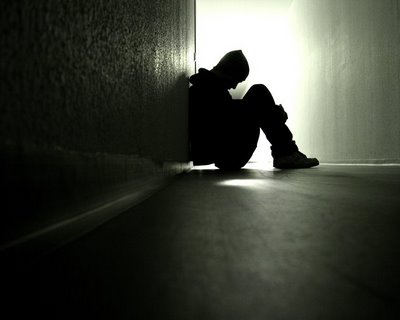
It’s that time of year when everyone, it seems, is trying to get into shape. Whether it’s a few too many Christmas cookies or that extra serving of pie and pastries, lots of folks find their clothes are on the snug side come January.
But with all the emphasis on physical fitness, part of the equation of overall health and well-being is missing. Experts say there’s a growing mental health crisis underway in our midst.
The numbers are staggering.
According to the Arizona Department of Health Services, suicide was the second-highest cause of death among young adults ages 20-44 in the Grand Canyon state.
Of the 3,271 young adults in Arizona who died in 2015, there were 467 suicides.
The National Institute of Mental Health says one in five Americans will be affected by a mental health condition in their lifetime.
In Arizona, this translates to tens of thousands who battle severe mental illness every day, including approximately 56,000 individuals with schizophrenia and another 113,000 with severe bipolar disorder, per recent statistics from the National Institute of Mental Health.
Even more astonishing than the numbers is the level of stigma and negativity still associated with mental health conditions, including anxiety, depression, eating conditions, addiction, psychosis and bipolar disorder, among others.
When mental illnesses or disorders are talked about, the language typically used to describe them tends to be clinical and impersonal.
These words, while useful for doctors or clinicians, often don’t do justice to what life with a mental illness feels like and serve to further the stigma associated with the various illnesses that affect mental health.
Kelley Orr, a former West Chandler resident who’s been battling severe depression for 24 years, has firsthand experience with the struggle.
It began right after her twin sons were born.
“I never, ever was depressed until the day after they were born. I remember laying in my hospital room and crying and crying,” Orr said. After her husband left her, things grew much worse.
“The stressors have never ended since I got divorced.”
Her four sons — the twins have two older brothers — are all in their 20s now, but the stress continues. One son became addicted to drugs and is serving time in prison.
At times, she said, there’s a feeling of hopelessness, but her upbringing and faith are such that suicide is unthinkable.
She’s on medication and when things are tough, she reaches out.
“Normally what I do is I will almost always call somebody,” Orr said. “You have to go places or talk to people who understand you — not people who say just get over it.”
Peter Coffey, director of therapy services at a Valley behavioral health center, said that as a community, it’s important to begin to break down the barriers caused by stigma, especially as the number of Arizonans affected by mental illness climbs.
“So often, people – mothers, fathers, friends – ignore symptoms or hope they’ll sort themselves out. It’s more important than ever for people to become educated and aware of mental illness warning signs along with the tools for coping and treatment,” Coffey said.
Coffey pointed to several startling statistics about the mental health crisis, including: 11 percent of adolescents have a depressive disorder by the age of 18 and less than 30 percent of Arizona’s youth battling depression receive treatment.
Major depressive disorder is the leading cause of disability among Americans age 15 to 44.
“Mental illness is highly treatable, especially when combined with love, support and acceptance from the individual’s closest social circle. But the first step toward treatment is recognizing that a mental illness may be present,” Coffey said.
Among the warning signs, Coffey pointed out: marked personality changes; inability to cope with problems and daily activities; strange or grandiose ideas; excessive anxieties; prolonged depression and apathy; marked changes in eating or sleeping patterns; extreme highs and lows; abuse of alcohol or drugs; excessive anger, hostility, or violent behavior.
Most importantly, a person who is thinking or talking about suicide or homicide should seek help immediately, Coffey said.
— Joyce Coronel


